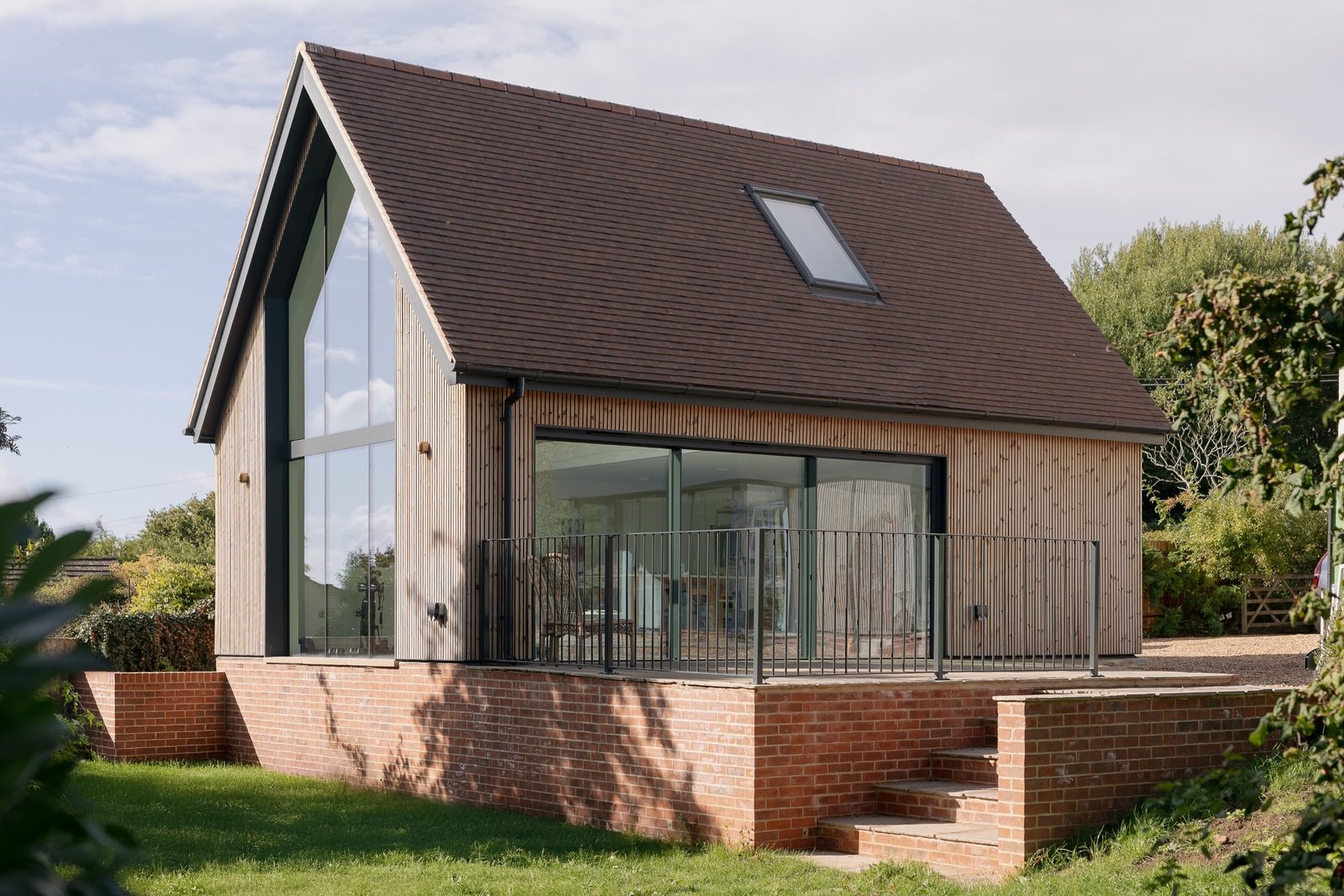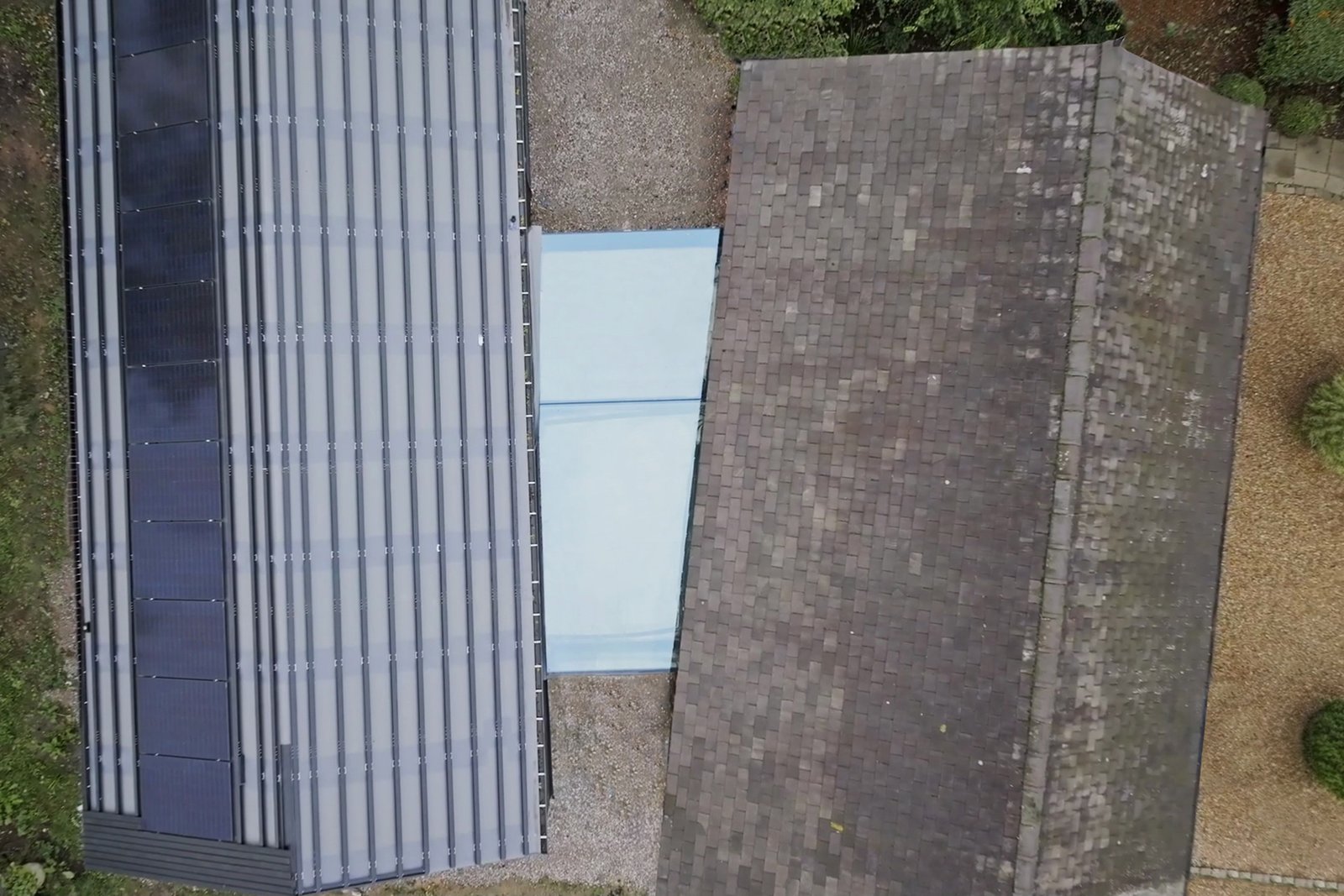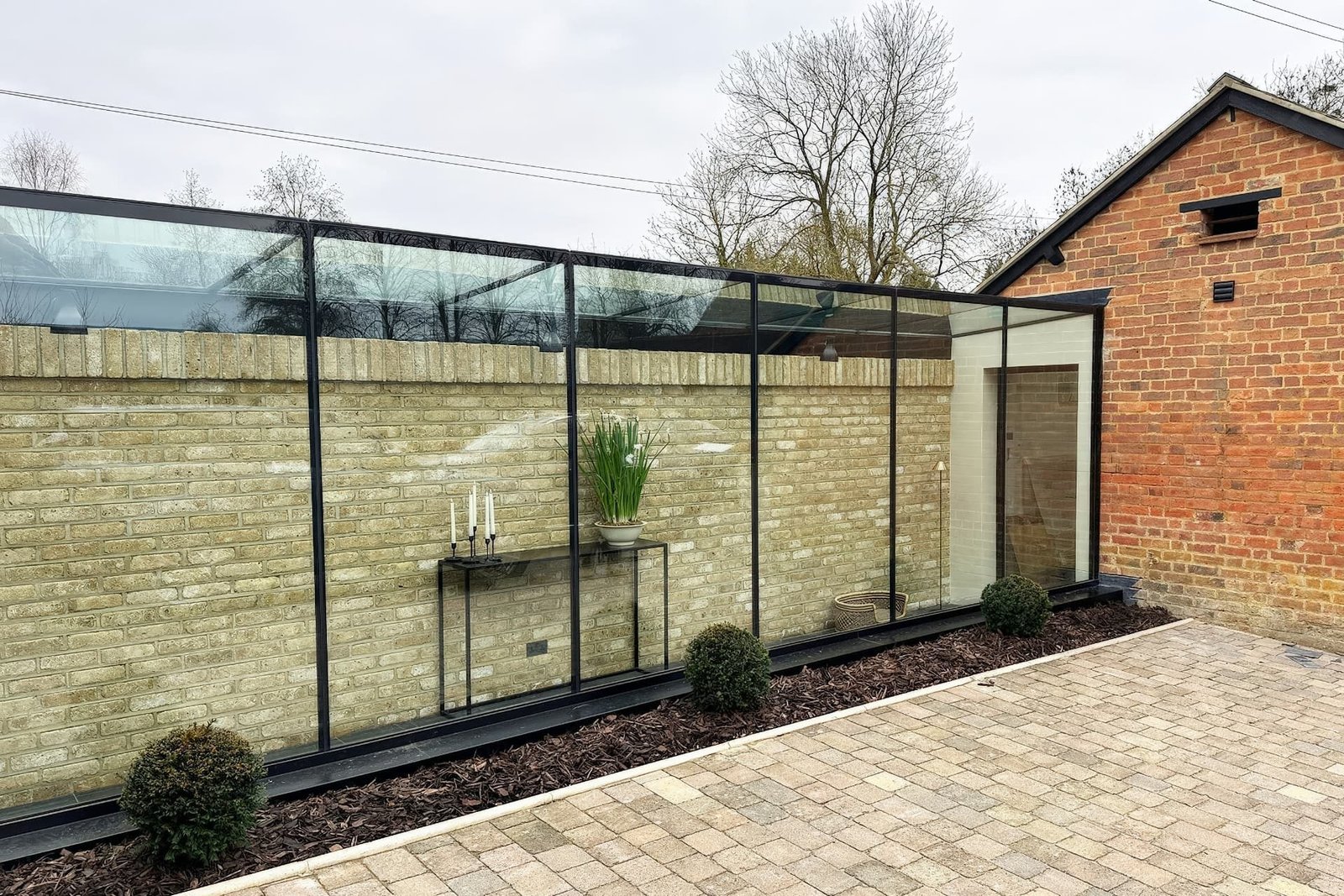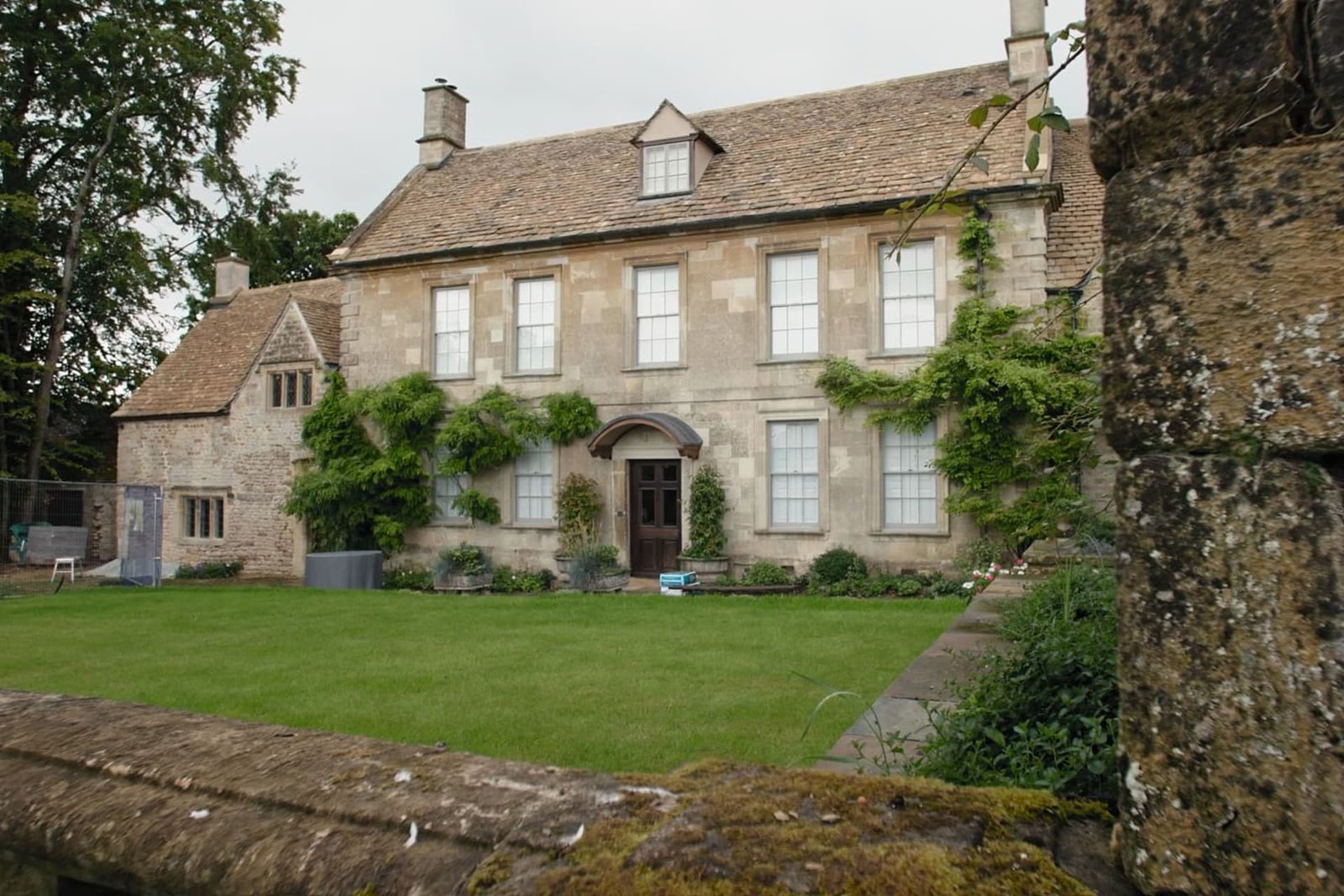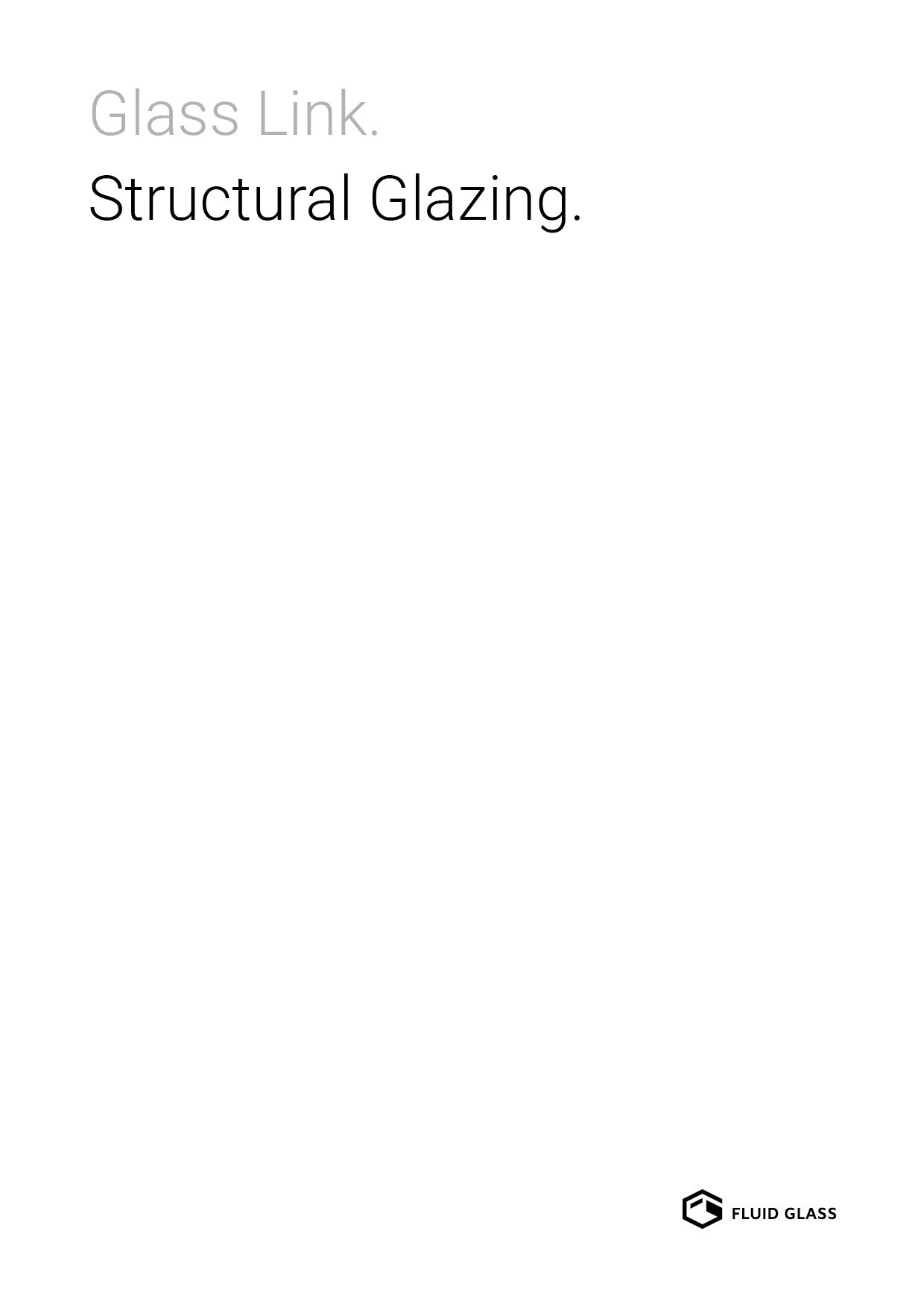Fluid Glass Link
Creating harmony between traditional structures and contemporary design
Benefits
Glass links offer a refined and contemporary way to connect architectural spaces. With their transparent character and frameless detailing, they dissolve visual barriers, allowing natural light to flow uninterrupted between old and new. Whether bridging a historic home and a modern extension or uniting distinct volumes in a new build, a glass link creates spatial clarity and cohesion. The result is more than just circulation—it’s a calm, light-filled experience that enhances the sense of place and elevates the overall rhythm of the home.
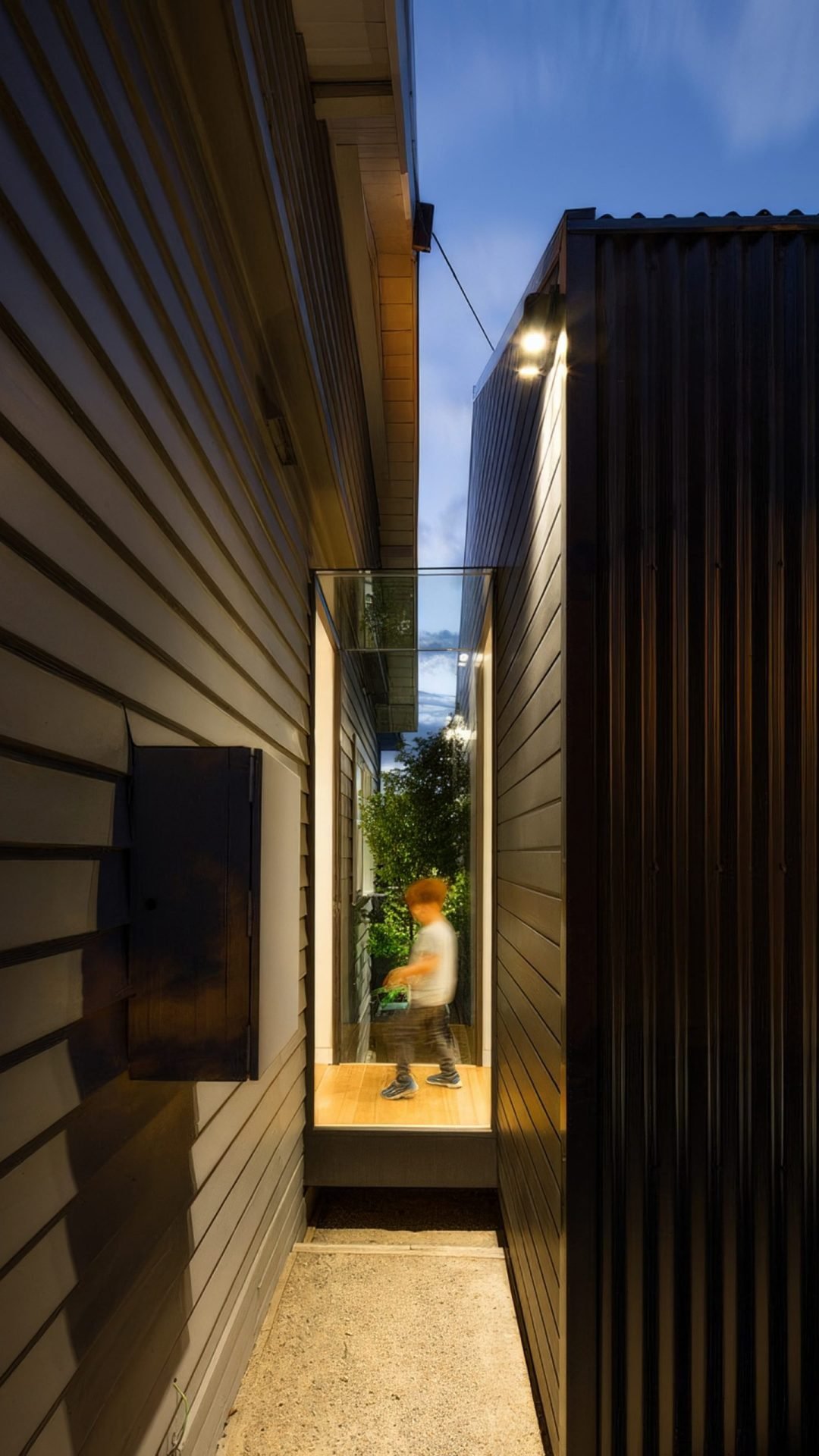
Architecture
Glass links are architectural elements of quiet precision. Sitting lightly within their surroundings, they maintain a respectful distance between built forms while uniting them through transparency and proportion. Their role is connective yet deferential—an elegant pause that articulates the dialogue between architectural styles and eras.
A Transitional Space with Purpose
By minimising mass and maximising light, glass links offer a visual and physical transition that feels weightless and natural. Daylight is allowed to pass through with ease, while views are maintained across volumes, extending sightlines and enriching the spatial experience.
Balance Between Old and New
Glass links are particularly powerful in heritage settings, where they can mediate between existing structures and contemporary additions. Their minimal footprint and understated design preserve the integrity of the original architecture while introducing clarity and contrast through material lightness.

Technology
Though subtle in appearance, glass links rely on sophisticated engineering and advanced glazing systems to ensure comfort, safety, and performance throughout the year. Every element is considered—from thermal insulation to structural support—to deliver a flawless, long-lasting result.
Thermal & Acoustic Performance
Using high-performance double or triple glazing, glass links achieve exceptional thermal efficiency, with Uw values as low as 0.75 W/m²K. Low-emissivity coatings, solar control glass, and acoustic laminates ensure that the space remains comfortable, efficient, and serene throughout the seasons.
Invisible Structure, Reliable Strength
The minimalist appearance of a glass link belies its structural complexity. Laminated and toughened glass panels are supported by discreet fixings and hidden frames, offering outstanding strength while maintaining the visual purity of the design. The result is a refined architectural bridge that feels almost weightless.
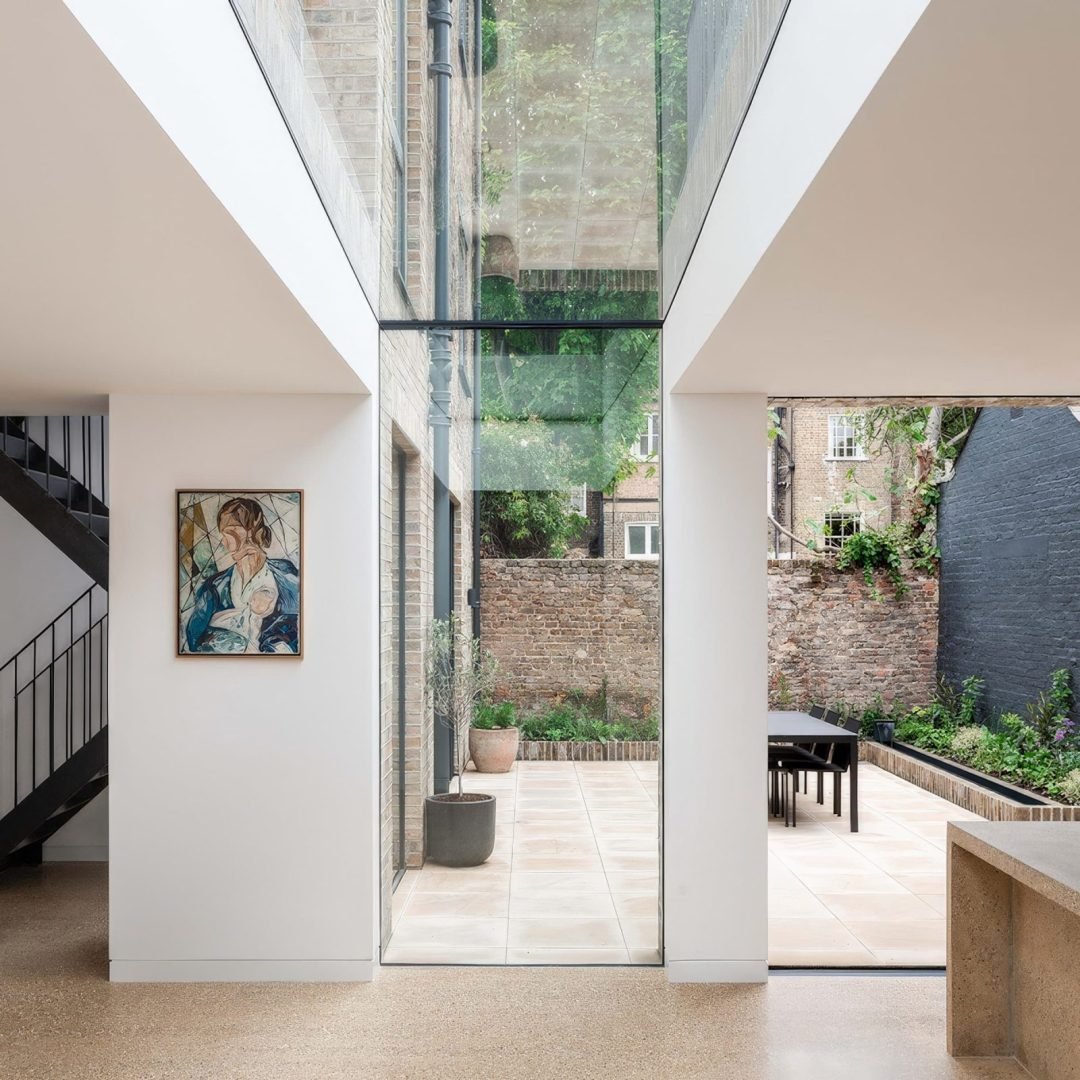
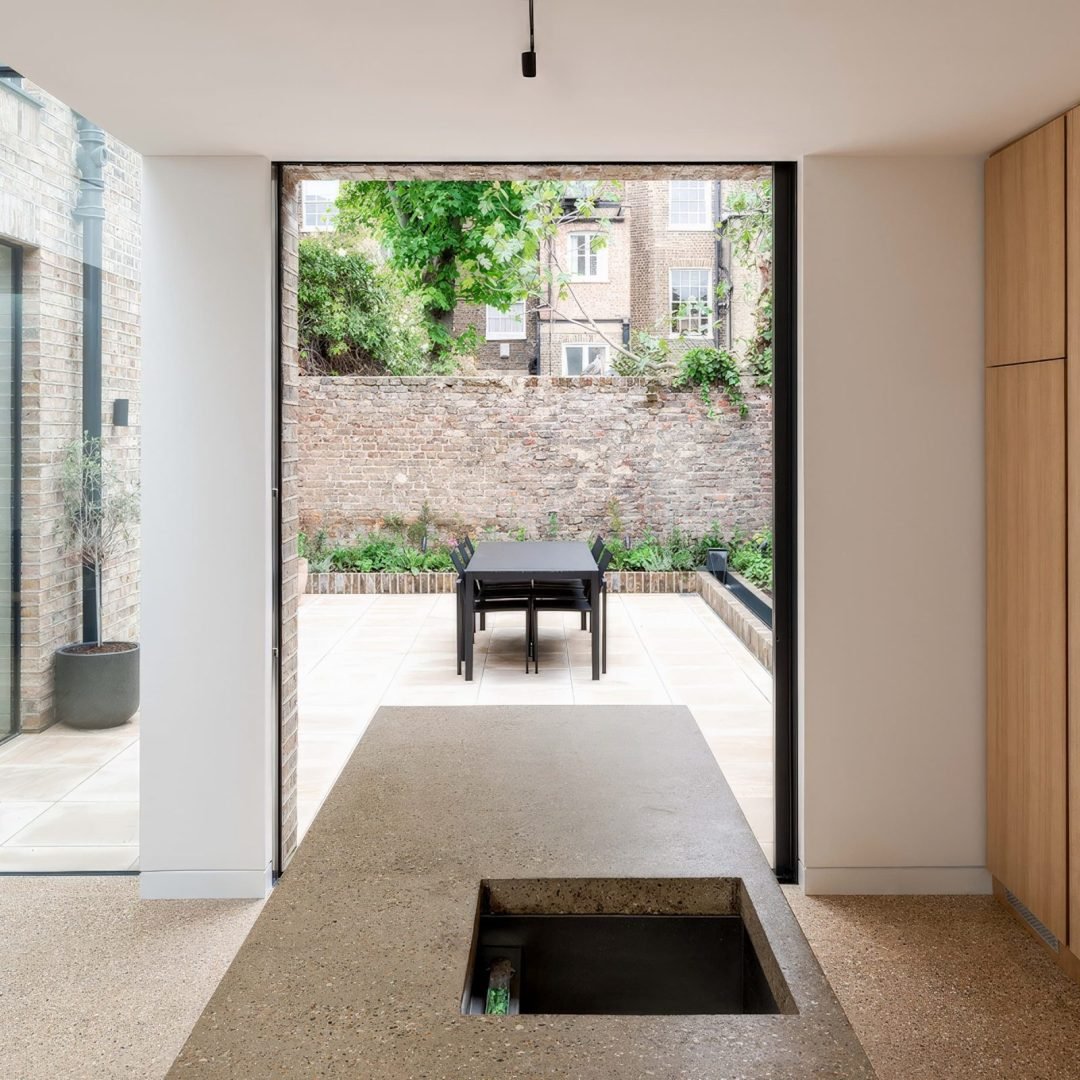
Design
Glass links are inherently adaptable, designed to respond to the language of each project with quiet confidence. Whether placed between pavilions, inserted into courtyards, or connecting new to old, their understated design allows architecture to breathe.
Tailored Transparency
Each glass link is bespoke—carefully detailed to meet the spatial, thermal, and visual requirements of the home. Frameless connections, flush thresholds, and integrated drainage ensure that the transition feels effortless. The transparency enhances flow and openness, offering moments of stillness and reflection between architectural gestures.
Precision in Every Detail
It is the simplicity of the glass link that demands precision. From exacting glass junctions to clean perimeter lines, every detail is considered to maintain the purity of form. The result is an architectural element that is at once invisible and essential—bringing light, clarity, and quiet continuity to any project.



